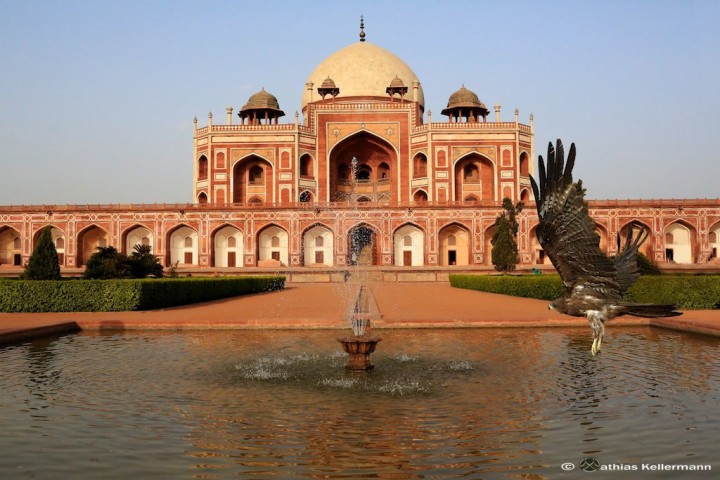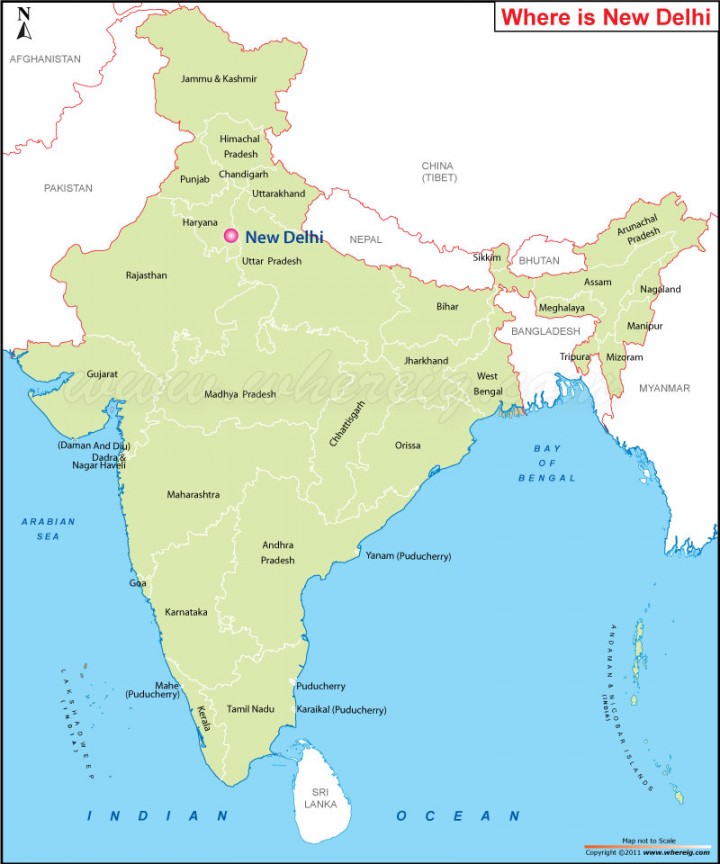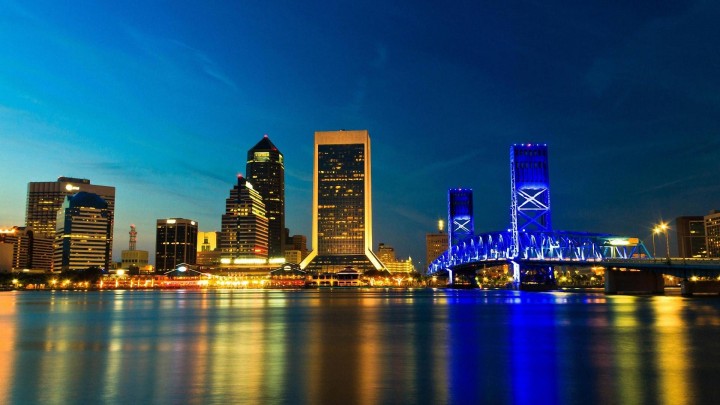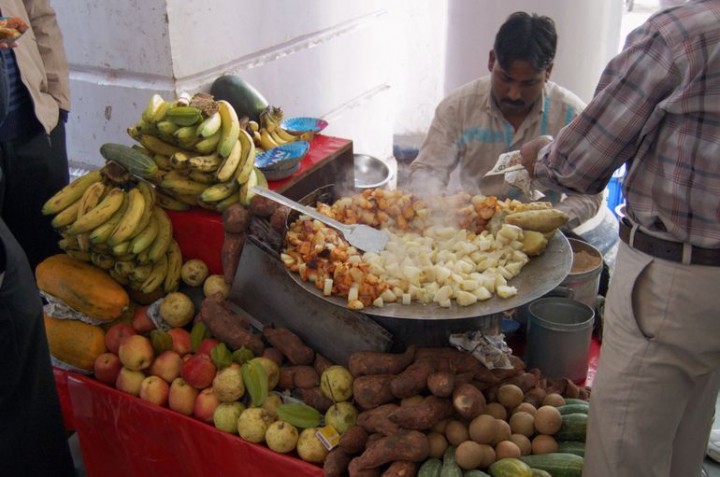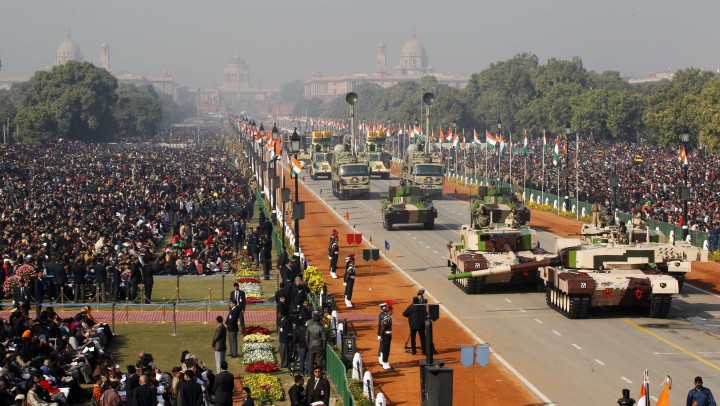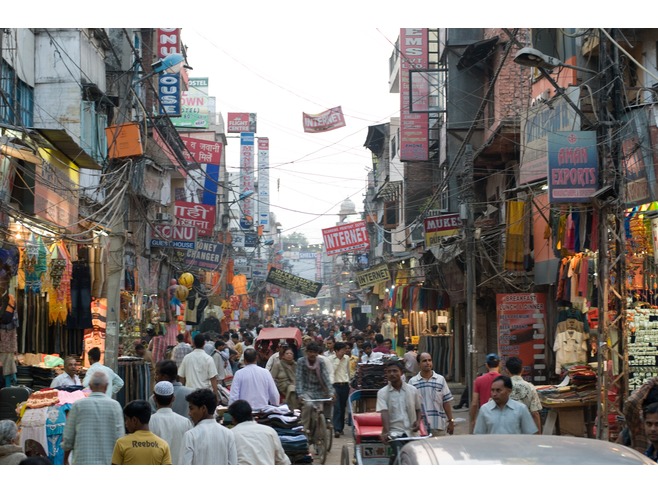Delhi is a city incomprehensible in every way. Extends uncontrolled over a vast expanse of the plain of river Jamuna. With over 20 million inhabitants, and high levels of poverty pollution pose a challenge to the senses of the most experienced traveler. Those who are able to see beyond the misery, the chaotic traffic, pollution and constant requests and complaints from beggars and scammers will find historical, architectural and culinary wonders at every step.
Delhi has been the capital of India since independence in 1947, but before then, in 1911, the British moved the capital there from Calcutta. For much of its history, Delhi was the seat of power of various Muslim dynasties that ruled different parts of the subcontinent since the twelfth century. The modern capital is actually the sum of two cities: the Old Delhi, crowded into the narrow streets and dirty enclosure, surrounded by the walls of the Red Fort, and New Delhi, the opposite pole, the site of the great Imperial Citadel tree-lined boulevards and spacious bungalows designed by Lutyens and Baker in the 20s.
Old Delhi, built in the seventeenth century, it is only the last of the seven cities that have occupied the site since the arrival of the Muslims. Around New Delhi, particularly in the area known as Transjamuna, suburbs and shantytowns erected to accommodate the growing population spread. The population explosion has brought more poverty and degradation: 45% of people in Delhi live in slums and are dedicated to beg on the street corners. Although India literacy levels have increased dramatically in recent years, in the capital, illiteracy continues to dominate the population.
Besides being the starting point to visit Agra, where the Taj Mahal , or the cities and forts of Rajasthan, Delhi has a lot to offer the visitor. The architectural legacy of their Islamic conquerors is rich and varied and the colonial center is particularly impressive. There are also some great museums and bazaars and shops offer a bewildering array of products such as spices, textiles or spare parts for cars. The restaurants in the capital are also tempts visitors with its rich variety and reasonable prices for Western pockets.
It is better not to visit Delhi during the summer. From mid-April, the temperatures rise inexorably. During most of the months of May, June and July thermometers remain around 45 ° C until the arrival of the monsoon. The best time to visit is February or March.
Despite its long history, Delhi is a very young city. With the partition of 1947, the city suffered enormous changes that radically transformed. India became a predominantly Hindu, while Pakistan became an Islamic country completely. There were massive migrations between the two countries and there was bloodshed on a large scale. After being in predominantly Muslim centuries Delhi after 1947 became a Hindu and Sikh city whose official language is Punjabi. At the same time, the population doubled, despite the mass exodus of Muslims. This surprising and artificial demographic change explains much of the harshness and insecurity of the city. In a way, and despite a sense of ancient city, is a city of only half a century old, but with a huge range of possibilities for its people and for those who visit.

